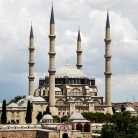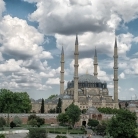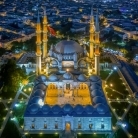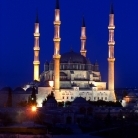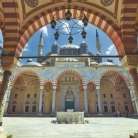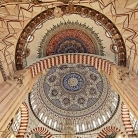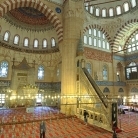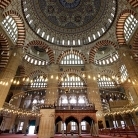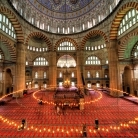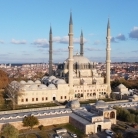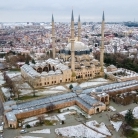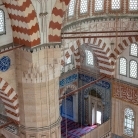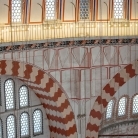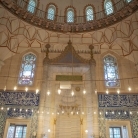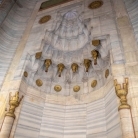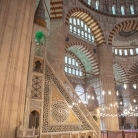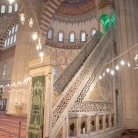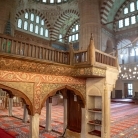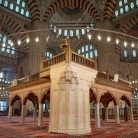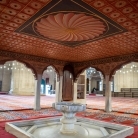Mimar Sinan's "Masterpiece" Selimiye Mosque
Selimiye Mosque, which has become the symbol of this city by identifying with Edirne, which was the capital of the Ottoman Empire before Istanbul, is the work of Mimar Sinan, one of the greatest and genius architects of the world. Sinan the Architect, who lived in the years when the Ottoman Empire was at the peak of its power, was a genius who shaped this power with architecture, and it can be said that he reflected the power of the empire with the Selimiye Mosque and created the peak of Ottoman architecture. In fact, it would not be an exaggeration to describe the mosque as one of the most favourite works of not only Ottoman but also world architectural history. The fact that Selimiye Mosque and Complex is on the UNESCO World Heritage List is proof that this fact is recognised all over the world.
Mimar Sinan, who left magnificent works to the history of world architecture, describes this mosque as "My Masterpiece". In addition, in his work Tezkiret-ül Bünyan, where he talks about his works, he states that the dome he created here exceeds the dome of Hagia Sophia and that its minarets are unique. The fact that even Mimar Sinan, who is famous for his modesty as well as his genius and mastery, mentioned the Selimiye Mosque with these words and more importantly stated that it was his masterpiece, is a proof that he applied all his experience and competence here. In addition to its architecture, Selimiye Mosque is a must-see structure with its Iznik tiles, which are among the most popular examples of its period, its pen works by master calligraphers, its wood and mother-of-pearl decorations, and its pulpit and mihrab, which are shown as masterpieces of marble workmanship. The Dar-ul-Qurra Madrasah, one of the buildings that make up the complex together with the mosque, today serves as the Foundation Museum, while the Dar-ul-Hadith Madrasah serves as the Museum of Turkish and Islamic Art. The Ottoman sultans carried out extensive reconstruction activities in important settlements and especially in cities that served as capitals. Edirne, which was the capital for nearly a century, was equipped with magnificent monuments in accordance with this tradition, just like Istanbul and Bursa.












